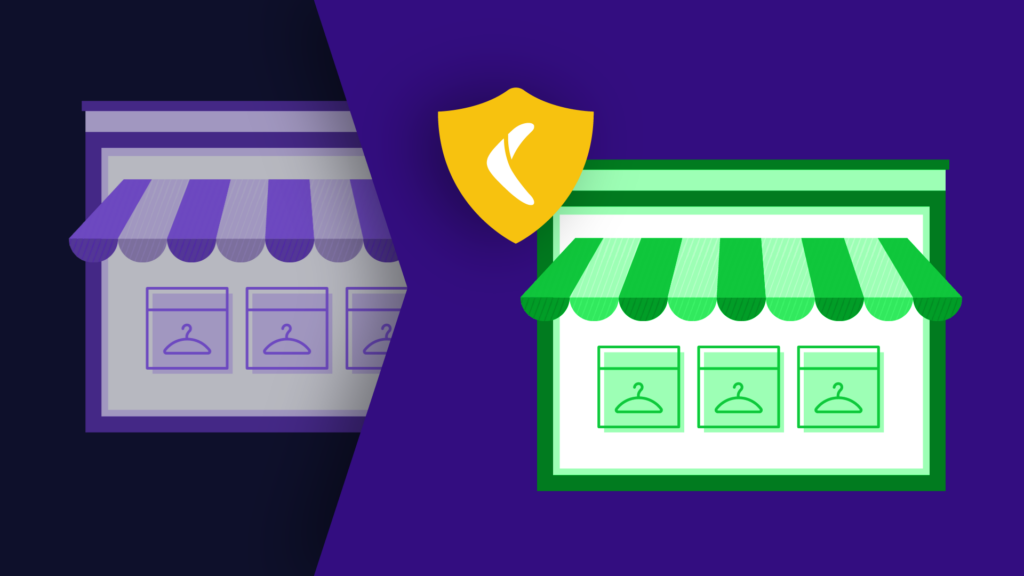This is a guest post and was originally published on our partner, Space 48’s blog.
Going online is relatively easy for most brands. It’s creating a seamless customer experience that minimises cart abandonment and generates sales that is the tough part. As an ecommerce manager or online business owner, you probably already know the challenges of going online and how much there is to get right.
Common Ecommerce Mistakes
With so much to think about, it’s easy to overcomplicate things and make mistakes. You’re spoiled for choice with the endless possibilities from technology and it’s easy to get overwhelmed by data and not understand the most important metrics to look at or to truly understand your customers. But by making these common ecommerce mistakes, you’re setting yourself up for a fail. You’ll give your customers a frustrating online experience which results in them choosing your competition instead.
That’s why we’re here to help you with advice from someone who is well versed in the ecommerce industry. Pete Robertshaw, Digital Commerce Consultant at Space 48 provides these 10 common mistakes he sees time and time again made by fast-growing retailers. Read on to learn from these mistakes and give your online store the best chance at getting it right from the start.
1. Poor product data will stop your business growing to the next level
Product data provides the foundation for a host of site functionality that your customer will value, including:
- Improved site navigation through filters
- Improved site search results
- Improved product data feeds for Google Shopping
- Ability to create dedicated landing pages for Google Shopping
You’ll also benefit from getting more data for product sales analysis and the ability to perform accurate price comparisons against your competition.
Lesson: Spend as long as it takes to get your product data refined.
2. Too much customization
It’s tempting and might seem like a good idea at the time, but save your creative enthusiasm to customize your Nikes, rather than getting too creative on your ecommerce operation.
If you get too carried away, you may find it harder to manage upgrades, and your whizzy additions could actually have a negative effect on site performance. Keep it ‘vanilla’ where possible, using only well tested and supported modules or apps.
Lesson: Custom functionality is fine, just don’t overdo it!
3. Choosing the wrong partner
Remember when KFC switched from Bidvest to DHL and had to close 600 of their 900 outlets? Or when a controversial no-deal Brexit ferry contract was awarded to a firm with no ships?
Choosing the wrong partner can be a costly mistake, especially on large scale projects where inevitably you end up working closely with that partner and their staff over a period of months, and in some cases years.
There’s a saying that you can’t choose your family. You can however choose your ecommerce agency, so make sure you choose an agency that understands you and has a similar ethos and approach to how you work. Big names can seem tempting, however, they are likely to have a set way of working and a number of organisations competing for time.
Lesson: Do your research and trust your instincts – there will be bumpy patches with any large project, you need to find a partner that you trust to help you over those bumps.
4. Look at the whole journey, not just where the final purchase takes place.
Just because a purchase isn’t completed on a mobile phone, doesn’t mean it isn’t a hugely important channel in the purchasing experience. Even if people don’t convert on mobile, they will research, making it a key digital touchpoint in your customer journey. People who have a negative experience on mobile are 62% less likely to make a future purchase — no matter how beautiful or data-driven your marketing campaigns are.
The lesson: Build mobile-first experiences.
5. Be a leader not a follower
Watch your competitors but don’t be led by them. Guess what – your competitors don’t know everything either! Your competitors will be testing ideas and not all will work.
Lesson: Know your brand and find your own USP to help you stand out from the crowd.
6. Become a data-driven (not feelings driven) business
Yes, gut feel is important, but it really can’t compare with the actionable insights you can take if you’re measuring and reporting on the right data points.
Lesson: If you’re not measuring it, you can’t manage it.
7. Do not take development shortcuts – however tempting it seems at the time
I’ve learned from my own painful experiences that development shortcuts rarely work out well long term.
All too often a temporary workaround ends up becoming permanent, resulting in a negative user experience and poor site performance. A/B testing tools should be used to actually A/B test, not to take shortcuts!
Lesson: If you can’t make the changes you want on your website, speak to your agency.
8. Invest in tech
Third-party tools can enhance your website performance, improving user experience, increasing conversions and ultimately revenue.
Tools to consider include enhanced site search tools, merchandising tools, personalisation and your email service provider tool (ESP). Before investing, make sure you have the resource to service the tools you work with. Great tools can very quickly start to gather dust if not properly planned for.
Lesson: Don’t spend money on technology if you can’t invest time and resources into properly utilising it.
9. Get in the room with your users
Have you ever shopped online and thought “Why the fudge would anyone set up an ecommerce site this way!?!” before swiftly shutting the website down and going to find something less frustrating to do instead? That’s because real-life users – actual people, like your customers, see and experience a website in a very different way than the people building a website. The expression “you can’t see the wood for the trees” fits here.
And if you don’t see what your customers see, you won’t see them again!
Real-life user testing (or people testing!) will give you vital feedback on the things that turn people off your site. Session recording is ok but it’s no substitute for real people in a room actually having a conversation with you.
Lesson: Get your customers in a room and listen to them.
10. Back up your data
It’s easy to forget just how much data goes into an online store. Sure, you’ve got products and customers. But products can be broken down into images, titles, descriptions, metadata, categories, brands, inventory, and more. And customers aren’t just customers either; they have orders, products, and contact information connected to them.
Despite interacting with data on a daily — if not hourly — basis, a lot of business owners don’t think about how much of it there is… until it’s gone.
Tools like Rewind run a daily, automatic backup that makes it easy to restore information so you know your data is always safe. It allows you to run a backup on-demand and even back up some of the changes you make in real time, so you don’t have to worry about things going wrong between backups. Should something go wrong, Rewind can restore your data in minutes, minimizing the impact of downtime.

 Pete Robertshaw">
Pete Robertshaw">


